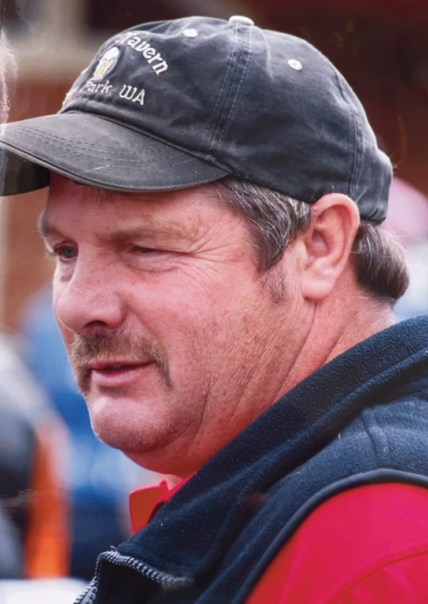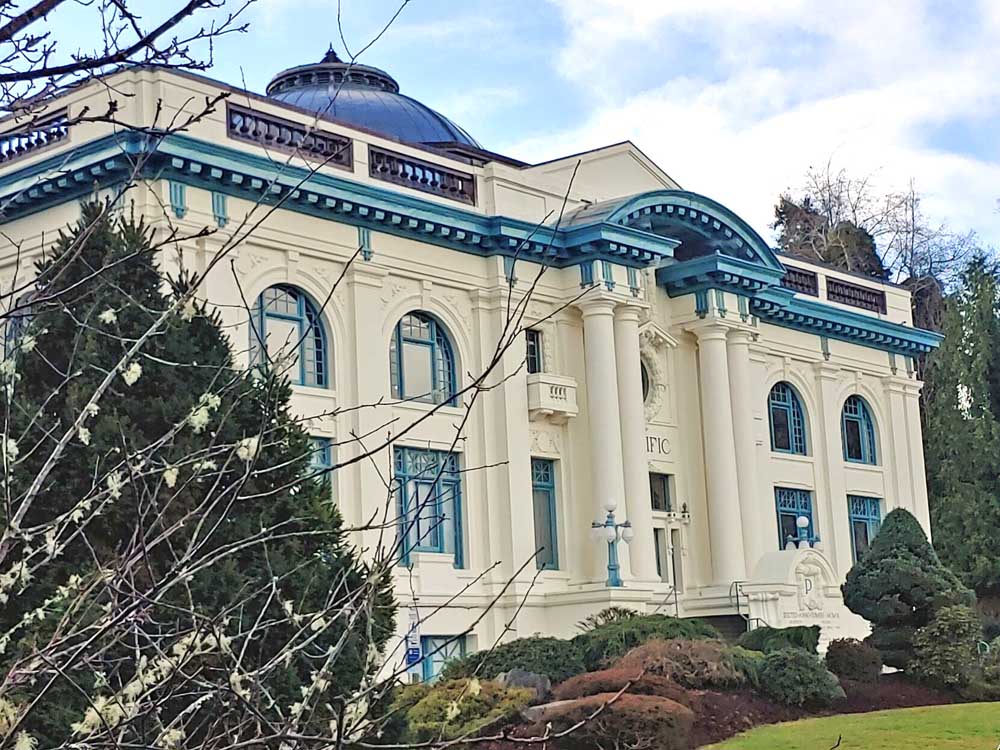Yellow-rumped warblers: Magical little birds common here
Published 11:17 am Tuesday, August 9, 2016
Warblers are magical, little birds with sweet songs and often very colorful plumage. One of the most common warblers in the Willapa National Wildlife Refuge and the Peninsula is the yellow-rumped warbler.
Trending
The male’s bright, yellow rump and white patches in its tail are diagnostic. It is most colorful in spring during the breeding season. The male is rather flashy in his black, gray, white and yellow wear. The female wears a brownish grey, but still flashes a diagnostic, bright, yellow rump. Both males and females become more brownish in the fall and winter. Overall, the yellow-rumped warbler has a relatively large head, sturdy bill and a long narrow tail.
In summer yellow-rumps feast on insects, but easily make the switch to berries in the fall. The Cornell Ornithological Lab reports that the yellow-rumped warbler picks insects out of spider webs, skims water surfaces for swimming insects, and will also take insects off piles of manure.
The yellow-rumped warbler’s penchant for fluttering off the end of branches to catch insects on the wing is diagnostic. Its behavior is aerobatic and is just like that of a flycatcher. Project Feeder Watch has found that this warbler will come to feeders in winter. If you would like to try attracting yellow-rumps to your feeders put out black oil seeds, raisins, suet and peanut butter.
Trending
The yellow-rumped can easily be seen in the refuge’s conifer forests. While many are permanent residents and nesters here, others come through in spring and fall migration. Migration is a good time to look for yellow-rumped warblers because their numbers increase. As a nesting species they prefer to build on the horizontal branch of a conifer or in a fork near the trunk. The female builds the nest using material the male brings her. It is shaped like a cup and is constructed with twigs, pine needles, grass and rootlets. The inside is lined with feathers or fine hair. The conifers favored by the yellow-rumped warbler nesting in our area include hemlock, spruce and Douglas fir.
The fall migration of warblers will soon be upon us and the numbers of yellow-rumped warblers in our area will begin to increase. Look for them in the forests of the Refuge and the peninsula. Tarlatt, Reikkola, Leadbetter, Cape D and Beards Hollow should yield excellent opportunities for Yellow-rump sightings.









